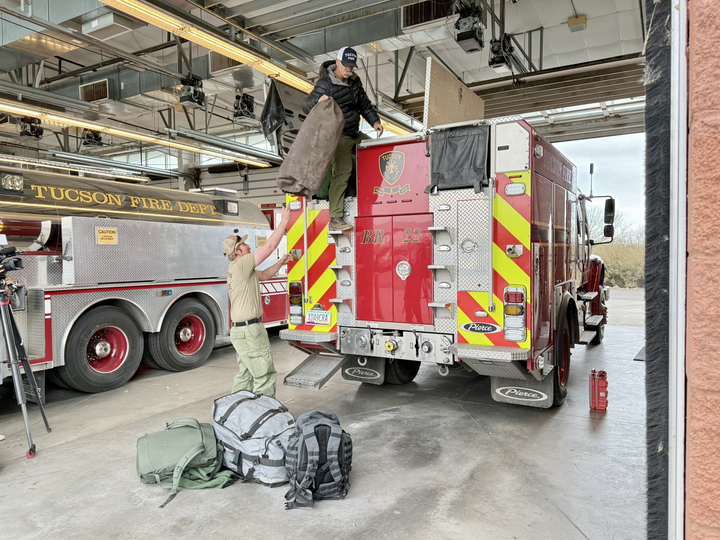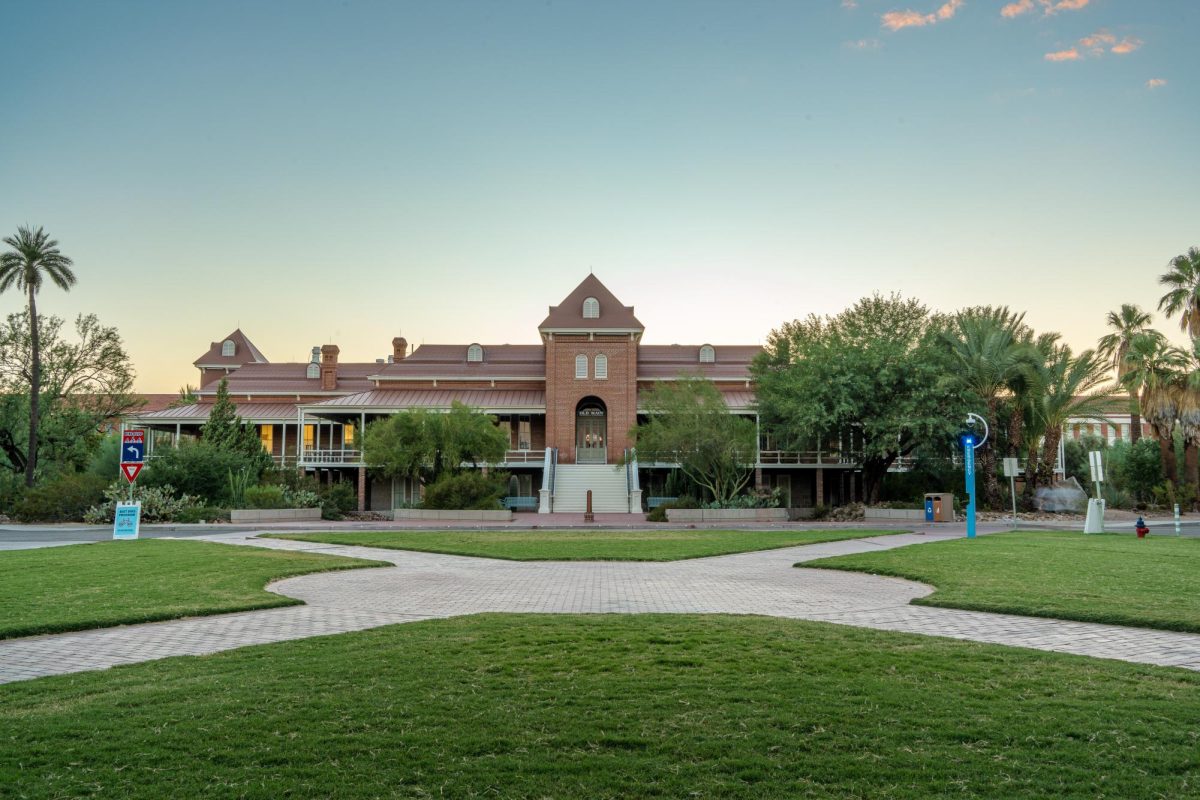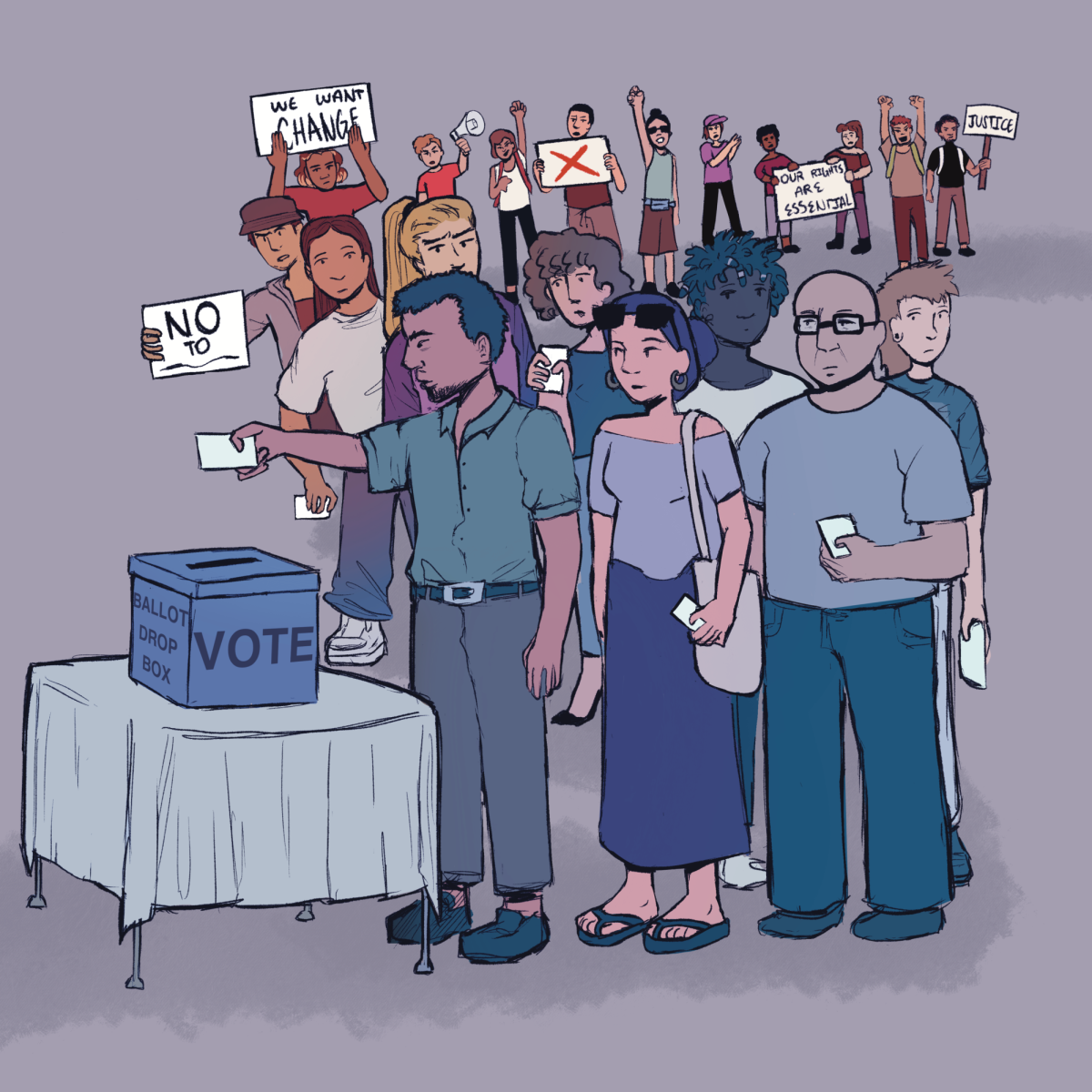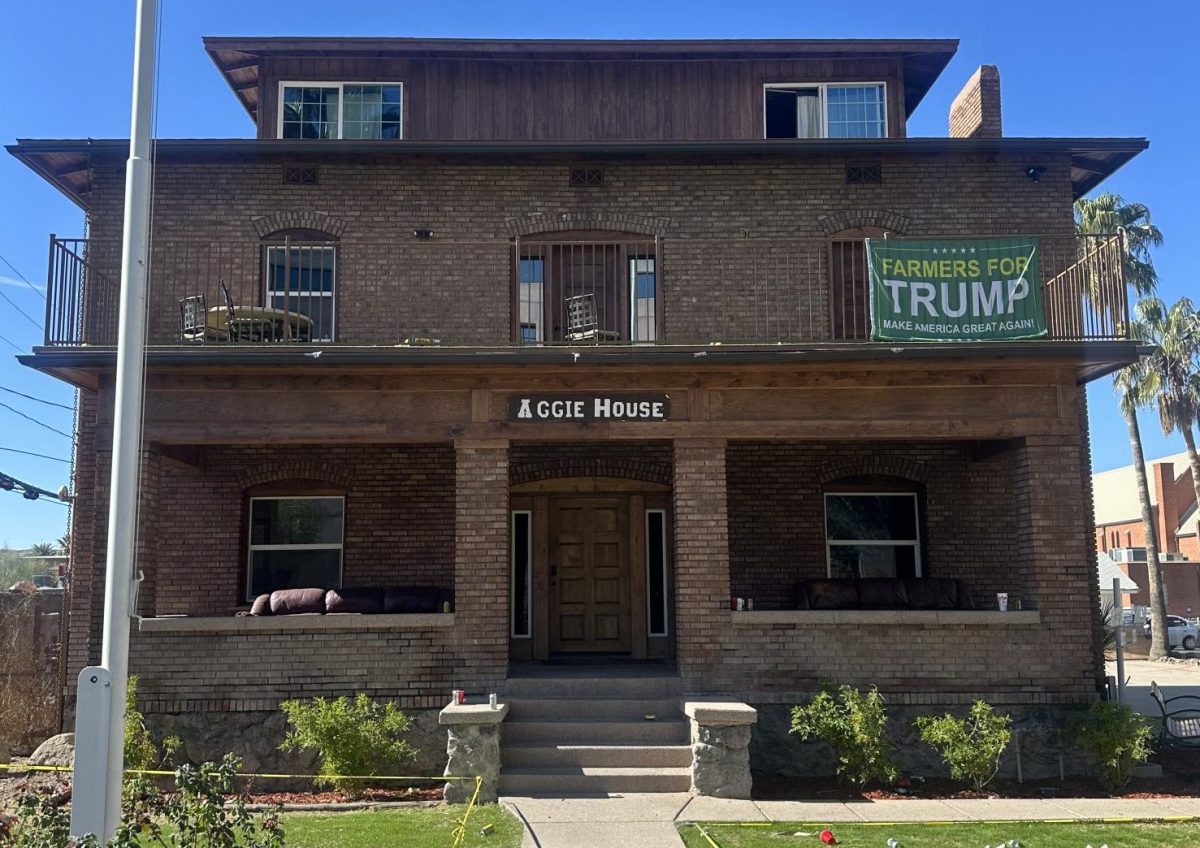The School of Media Arts will debut a 15-unit teacher certificate program for media education on July 12. The courses will be taught solely online.
Set to become the School of Theatre, Film and Television starting July 1, media arts felt it was important to instruct teachers on how to teach with media. The school found that people were utilizing television, film and audio in their classrooms, but not really learning how or why any particular medium does or does not work.
Beverly Seckinger, a UA media arts professor and interim director of the school, notes the new program is a way for media to be taught online, a way to reach beyond just those who can attend regular classes.
“”It’s targeted towards current teachers or people trying to be teachers and teachers from any field, but primarily high school,”” Seckinger said.
Many of the professors within the School of Media Arts have submitted lectures to one of the five courses in the program.
Associate professor of media arts Michael Mulcahy, also a coordinator of the Language of Media course, felt this kind of education was not previously offered.
“”Frankly, a big part of how people get information these days is moving pictures and sounds, whether through movies or TV or the Internet,”” Mulcahy said. “”In media arts, we care about film and television and moving images and the sounds that go with them … and (these courses) are something that currently isn’t really being offered.””
His draw to the program was the amount of education that can be delivered to a variety of students about the media that they take in.
“”We know someone who teaches kindergarten, first or second (grade) is going to have a different set of media needs than someone in high school,”” Mulcahy said. “”We want to work with the type of material that will be most relevant.””
This is spread throughout the certificate, a sweeping range of topics that can be applied to graduate programs in the teaching, learning and socio-cultural studies departments within the UA College of Education.
Serving the professional needs of their teachers, each three-unit upper-division course provides background not only on different types of media, but their uses in the classroom.
Seckinger noted that in a particularly stressful time for education at the UA and also for Arizona as a whole, the program is a necessary leap of faith.
“”Of course, the bottom dropped out on education in Arizona recently. … It’s not the easiest moment but we’re just going to have to see what happens.””
Mike Proctor, vice provost of outreach and global initiatives, where most distance learning and online courses are held, works with students every day who utilize the flexibility of online classes to help gain their degrees.
Proctor noted that the college has seen a rise in enrollment due to the economic climate and increased demand for classes. Although there are no full undergraduate certificates available yet, he noted that the work of the School of Media Arts to bring that kind of education to younger and younger students can only be beneficial in the future.
Ashlyn Stevenson, who is completing her online degree for high school in the fall and hoping to attend UA, found that her online class experience allowed her to work and still finish school.
“”I can wake up and do it in my PJs. What more could I ask for?”” Stevenson said.
Proctor and Seckinger both noted that this flexibility for those not able to attend the traditional “”brick and mortar”” classroom helps the UA expand to a fuller range of students and allows those students to expand their own knowledge.
“”Part of the benefit of an online class is flexibility. The trick is to be able to have the kinds of interactions that would occur in a regular classroom,”” Mulcahy said, adding that they are trying to teach teachers how to not only show their students a movie on chemistry or a reproduction of “”Romeo & Juliet,”” but also have them understand how that type of media teaches them a different lesson.








